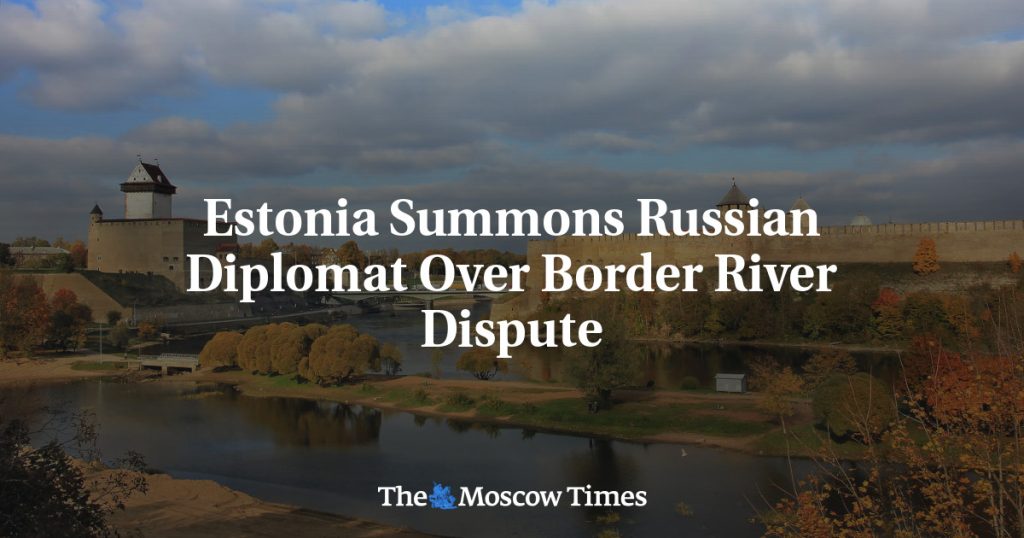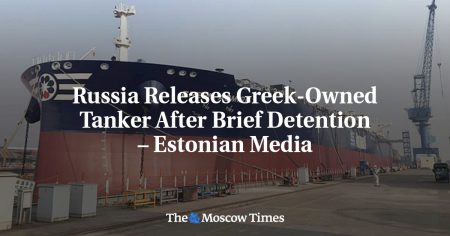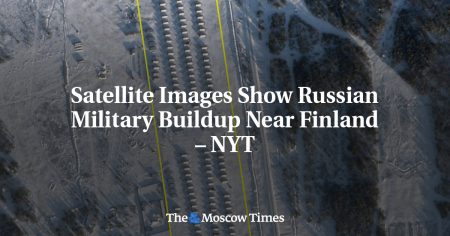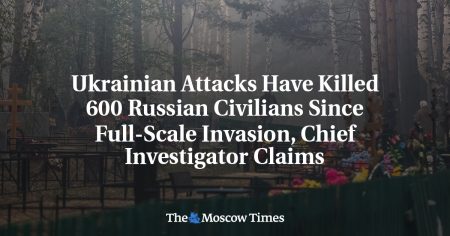Estonia’s Foreign Ministry recently summoned Russia’s charge d’affaires in response to an ongoing border dispute involving the Narva River, which serves as a border between the two countries. The conflict arose when Estonian border guards accused their Russian counterparts of removing navigation buoys from the river without seeking official renegotiation of the fairway’s course. This action was seen as a provocation by Estonian authorities, who have maintained that the placement of the buoys has been agreed upon by both countries for decades, creating safe travel zones for vessels.
The note of protest sent to Russia’s charge d’affaires stated that the removal of the buoys jeopardized the temporary control line between Estonia and Russia. Despite Estonia’s attempts to initiate joint surveys of the river to address the border dispute, Russian authorities rejected the proposal. This dispute comes at a time when Estonia has accused Russia of challenging the placement of floating markers used to prevent boats from entering foreign waters, particularly since the invasion of Ukraine in 2022. The rejection of Estonia’s proposal for joint surveys indicates a continued disagreement between the two countries over the border issues involving the Narva River.
The Narva River flows north into the Baltic Sea from Lake Peipsi, also known as Lake Chudskoye in Russia. The river serves as a vital border between Estonia and Russia, and the placement of navigation buoys is crucial for ensuring safe navigation for vessels. Both countries have traditionally agreed on the course of the fairway and the location of the control line along the river, providing clear traffic zones for vessels. The removal of these buoys without official renegotiation has created tensions between Estonia and Russia, leading to the summoning of Russia’s charge d’affaires by Estonia’s Foreign Ministry.
The ongoing border dispute over the Narva River is just one example of the complex relationship between Estonia and Russia. The two countries have a history of disputes over various issues, including border demarcation, security concerns, and territorial sovereignty. The removal of navigation buoys by Russian authorities without seeking official renegotiation has added to the existing tensions, prompting Estonia to take diplomatic action by summoning Russia’s charge d’affaires. The conflict highlights the challenges faced in maintaining peaceful relations between neighboring countries with differing interests and historical grievances.
The rejection of Estonia’s proposal for joint surveys of the river indicates a lack of willingness on the part of Russian authorities to engage in dialogue and find a peaceful resolution to the border dispute. This refusal to cooperate further complicates the situation and hinders efforts to address the issue through diplomatic means. The ongoing disagreement over the placement of navigation buoys on the Narva River underscores the broader challenges in regulating border disputes between countries with conflicting interests and historical animosities.
As the border dispute between Estonia and Russia over the Narva River continues to escalate, it remains to be seen how the two countries will address the issue and whether diplomatic negotiations can lead to a resolution. The removal of navigation buoys by Russian authorities has heightened tensions between the two nations, with Estonia accusing Russia of provocation. The rejection of Estonia’s proposal for joint surveys indicates a lack of willingness on the part of Russia to engage in dialogue, raising concerns about the prospect of a peaceful resolution. The dispute serves as a reminder of the complexities and challenges involved in regulating border disputes and maintaining peaceful relations between neighboring countries.















